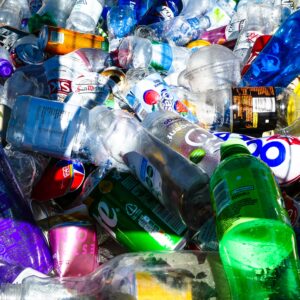Lessons learned at the first session of the Circular Plastics Conference 2021
Last week Thursday the first session of the Circular Plastics Conference 2021 took place. Over 100 participants gathered to set the stage for what is to come: the path forward to realize a circular plastic society.
It is of utmost importance that as a society we rethink plastic: it is far too valuable to be treated as waste. It should serve as the feedstock for circularity. Boosting circularity in plastics on an industrial scale is the mission of the Circular Plastics Initiative. By bringing together relevant parties working on circular plastics at the Circular Plastics Conference 2021, the Circular Plastics Initiative aims to unite the community and map the next steps to be taken in realizing this mission.
Setting the stage: starting principles
The Circular Plastics Conference 2021 offers a series of online events, diving deeper into specific subjects. At the first session representatives of the academic world, government and the business world talked about the progress and hurdles they experience and what they need from each other. Dr. Kestutis Sadauskas, Director Circular Economy of the European Commission’s DG Environment, Prof. Kim Ragaert, Circular Plastics professor and Associate Professor Ghent University and Dr. Gerald Rebitzer, Director Sustainability at Amcor gave clear presentations what is done in their field of work and how this should move on. A vivid discussion with the moderator followed, involving the answers the public gave on poll questions and direct questions of participants. A panel discussion concluded this key-note session.
It was striking that panel members and audience all agreed on the following starting principles:
- It is necessary to make plastics fully circular. We are not moving fast enough: we should talk less and act more.
- This can only be reached through dedicated collaboration of government, industry and research.
- We must move to fewer different types of plastic. This is a though challenge, as every type of plastic offers its own unique set of advantages and applications.
- The big players throughout the value chain need to form a coalition of the willing, take on leadership and work on pre-competitive collaborations.
- Other key elements are money (especially for waste collection), harmonization and good standards
Speakers at the first session of the Circular Plastics Conference
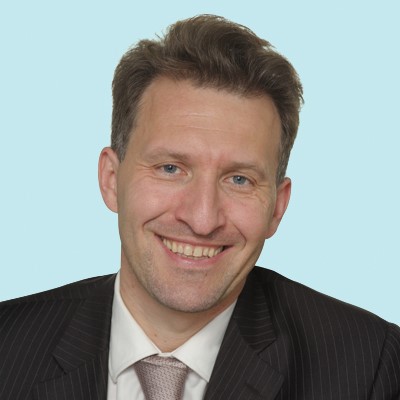
Dr. Kestutis Sadauskas
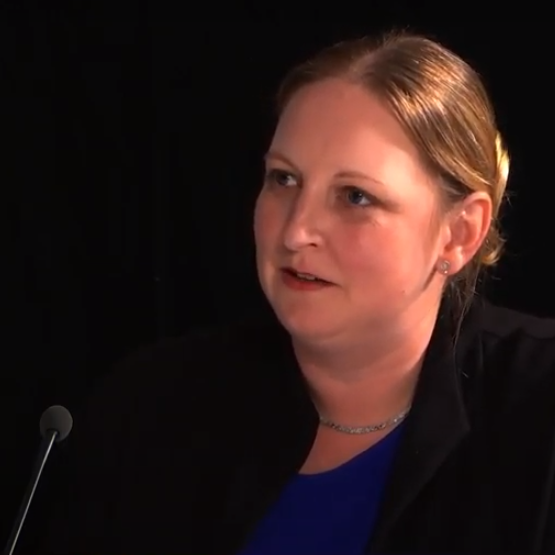
Prof. Kim Ragaert
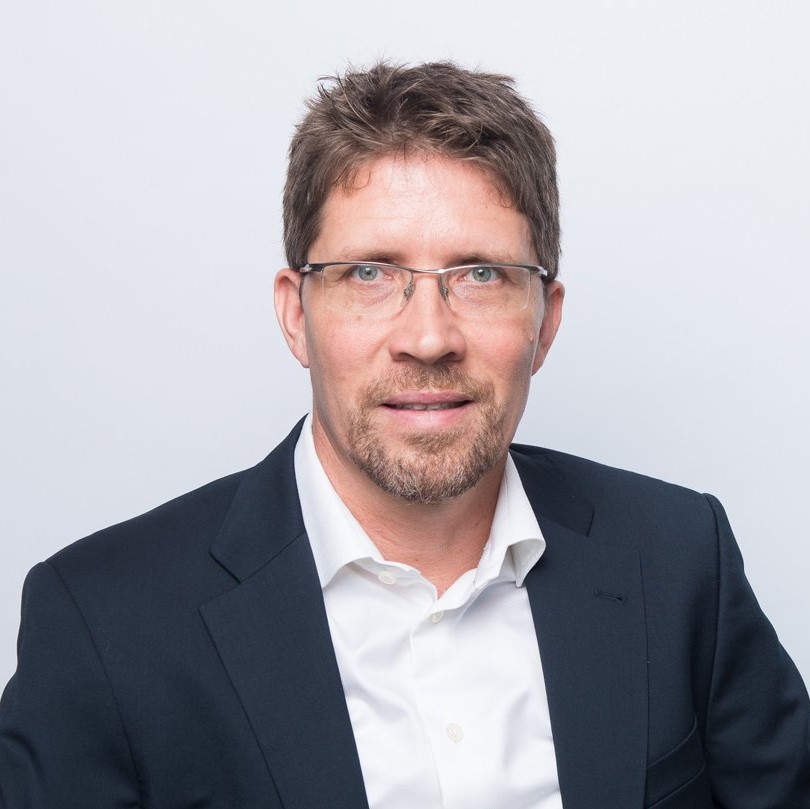
Dr. Gerald Rebitzer
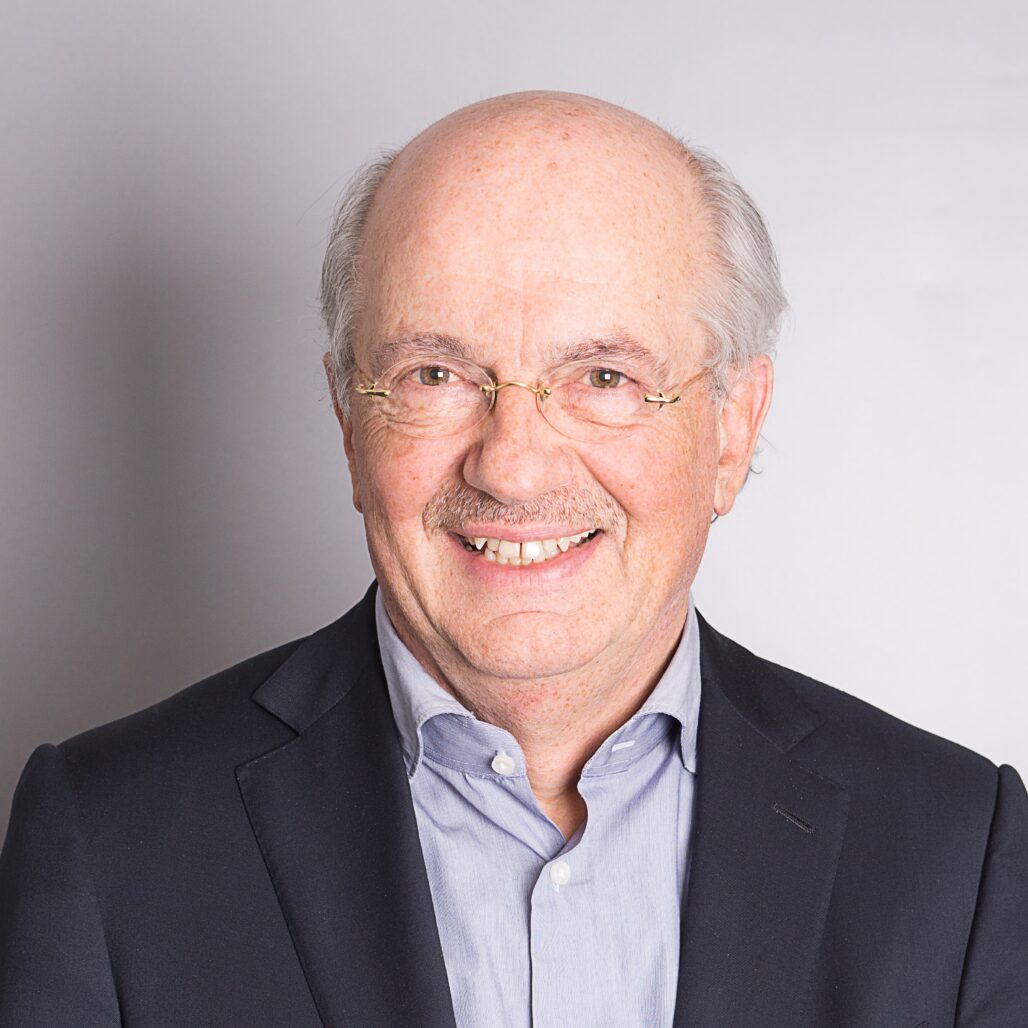
Dr. Emmo Meijer
Launch of the National Platform Plastics Recyling
The most important take-away is that not technology, but collaboration is the big hurdle to take. For example, design for recycling only makes sense when the entire value chain is set up to recycle different types of plastic.
As the session came to this conclusion, it was just the right time to welcome Emmo Meijer, Chairman of the TopSector Chemistry in The Netherlands, on the digital stage. Dr. Meijer took the opportunity to officially announce the launch of the National Platform Plastics Recycling, a national point of contact, coordination and communication for public-private partnerships within plastics recycling. By mapping the white spots in the current state of the art, new ground-breaking collaborations and an acceleration of scaling up and implementation are within reach throughout the chain. In this Platform the Circular Plastics Initiative will be active by taking on its role in organizing, managing and coordinating projects in a programmatic way.
Don’t miss out: upcoming sessions and networking at the Circular Plastics Conference 2021
Up until May 20 the Circular Plastics Conference will dive deeper into the different challenges we face in realizing circularity in plastics, with sessions organized by CEFLEX, PlasticsEurope, TNO and experts from our community. As the Conference is set in Networkapp, it also offers participants the possibility to network with each other, engage in break-out sessions set up in a network carroussel, visit the digital exhibition and collaborate in formulating the steps forward.
Acknowledgement
This project is co-funded with subsidy from the Topsector Energy by the Ministry of Economic Affairs and Climate Policy.
